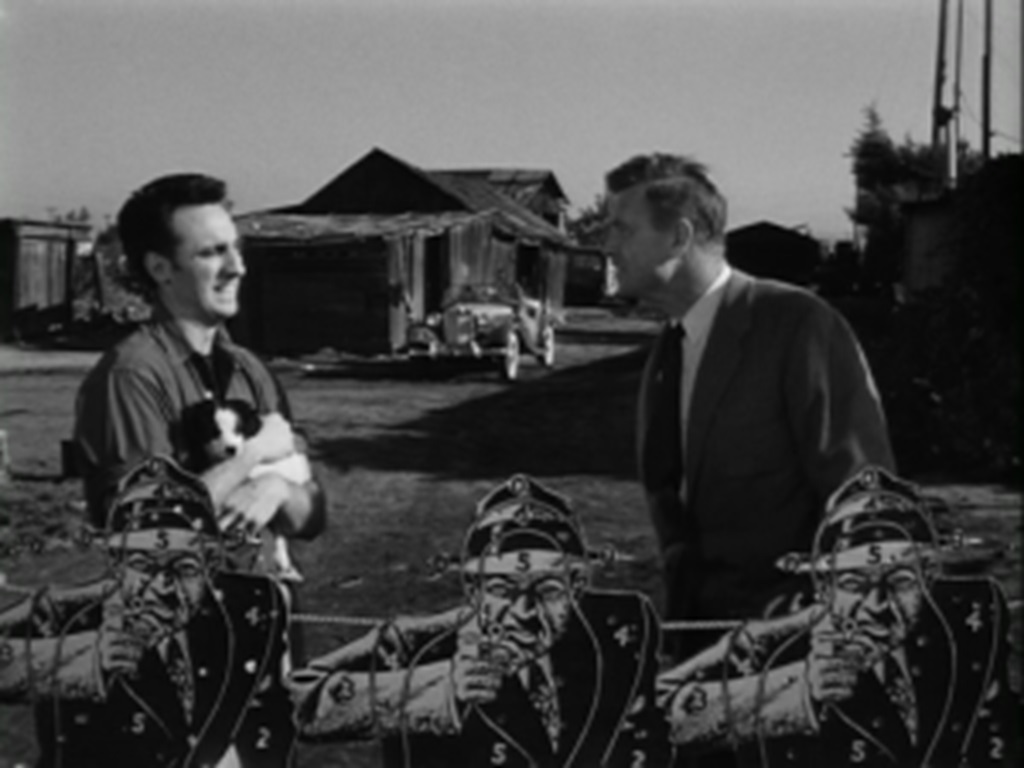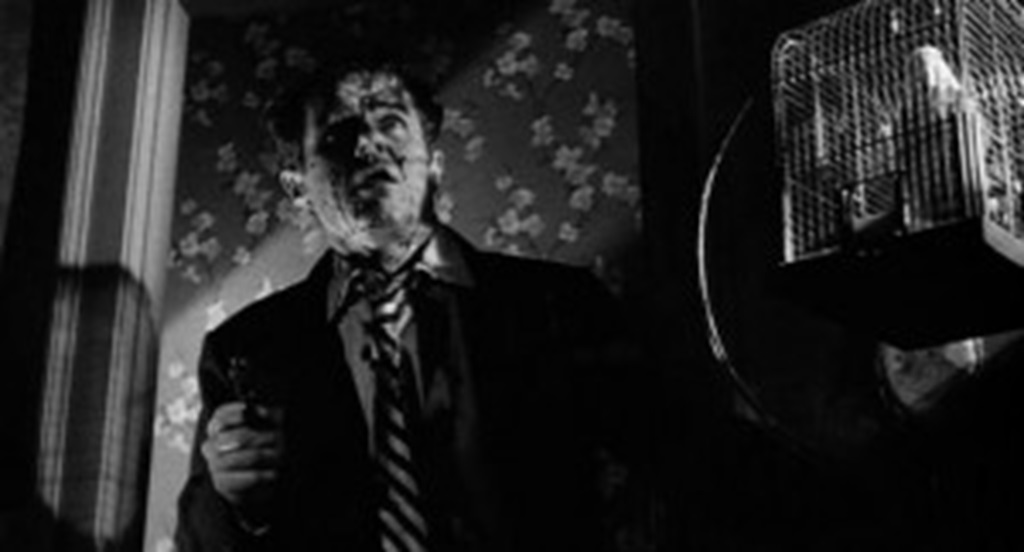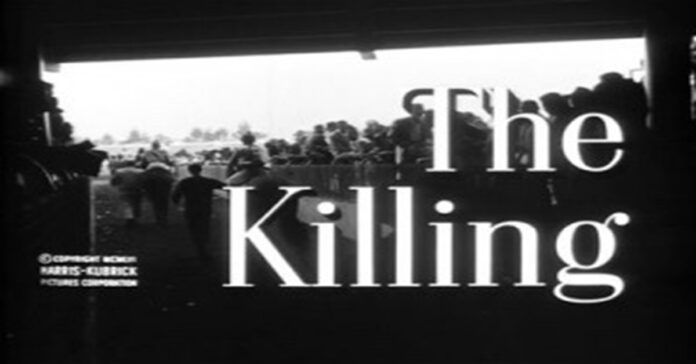“The Killing” is a seminal film noir masterpiece that unfolds with precision, tension, and a labyrinthine plot that keeps audiences on the edge of their seats. Directed by the iconic Stanley Kubrick and based on the novel “Clean Break” by Lionel White, the film immerses viewers in a high-stakes racetrack heist orchestrated by a group of disparate individuals.
Kubrick’s keen directorial eye and penchant for innovative storytelling techniques elevate “The Killing” beyond the confines of conventional crime dramas, solidifying its status as a classic in the film noir genre.
This 1956 gem showcases Kubrick’s early brilliance and underscores his ability to infuse suspense into every frame, leaving an indelible mark on the cinematic landscape.
Also Read More: Lamorne Morris Father: Is He Related To Garrett Morris? Relationship And Family
Exploring Animal Symbolism in Stanley Kubrick’s “The Killing”: A Cinematic Allegory
Stanley Kubrick’s 1956 film noir, “The Killing,” captivates audiences with its intricate heist plot and its subtle use of domesticated animals as symbolic elements.
Horses, dogs, and parrots take center stage, creating a visual and thematic connection to the characters’ confined and manipulated lives.
This exploration of animal symbolism extends from the film’s opening shot of racehorses to the pivotal role played by a toy poodle in the outcome.
Through the juxtaposition of animals in various states of confinement and characters entangled in circumstances they cannot escape, Kubrick masterfully weaves a complex allegory, elevating “The Killing” beyond a typical crime drama.
Within Stanley Kubrick’s “The Killing,” the character George becomes metaphorically blinded by his infatuation with Sherry.
In a pivotal scene, Sherry attempts to deceive George, covering Polly’s cage with a drape to obscure the truth. Sherry feigns affection and love, leading George into a web of lies to extract details about the heist plot.
The metaphorical blindness extends to other characters, such as Marvin, who is blinded by his inappropriate attraction to Johnny.
The final scene at the Peatty’s apartment unveils George’s tragic realization of Sherry’s deceit, culminating in a fatal confrontation.
George shoots and stumbles, clinging to the vertical stand holding Polly’s cage, emphasizing the entanglement of his emotions.

As he falls to his death, still holding the parrot’s cage, the symbolism intertwines with the ultimate revelation of Sherry’s betrayal.
The parrot, named Polly, emerges as a potent symbol of captivity and deception in “The Killing.”
Positioned behind George in scenes, Polly is literally and figuratively blinded by a drape, mirroring the obscured truth in the narrative.
As Sherry manipulates George, Polly’s presence accentuates the confinement and manipulation within the Peatty household.
In the tragic climax, George’s demise and the toppling of Polly’s cage underscore the intertwined fate of the characters, with the parrot unable to escape its confined space, mirroring George’s inability to escape his emotional entanglement.
The film further explores the theme of domesticated animals with the introduction of a dog, highlighting a dark irony in the plot.
Johnny’s visit to Nikki’s farm involves a visually dissonant scene where the assassin cuddles a cute puppy while discussing the plan to kill Red Lightning.
The contrast between the affectionate gestures toward the puppy and the sinister conversation adds layers of irony and perversity.
This juxtaposition emphasizes the characters’ moral complexities and the blurred lines between affection and violence in the world of “The Killing.”
Symbolic Karma: The Toy Poodle’s Poetic Justice in “The Killing”
The demise of the heartless Johnny in “The Killing” takes a surprising turn with the intervention of a yipping toy poodle.
In a poetic twist, the toy poodle, adorned with a bow in its topknot, becomes the unexpected foil for the last man standing.
This canine character serves as a karmic agent, delivering justice and poetic retribution in the film’s final moments.
Stanley Kubrick’s fascination with dogs, particularly toy poodles, is rooted in his earlier career as a photographer for Look magazine.
His exposure to the world of show dogs and their owners, who often subjected them to undignified trims and artificial behaviors, influenced the inclusion of the toy poodle in the narrative.

The convergence of themes, from the artificiality of human amusement to the unexpected poetic justice delivered by the toy poodle, adds complexity to the noir atmosphere of “The Killing.”
In adapting Lionel White’s “Clean Break” into the screenplay for “The Killing,” Stanley Kubrick and novelist Jim Thompson introduced layers of animalistic symbolism that were absent in the original novel.
The cinematic narrative explores the theme of a “clean break,” not only in the criminal context but also in the treatment of animals.
The presence of dogs, parrots, and horses introduces a nuanced dimension to the noir atmosphere, reflecting the writers’ shared interest in animals.
This thematic choice elevates “The Killing” beyond a conventional film noir, revealing a societal underbelly that extends to the treatment of animals.
The unexpected role played by the toy poodle in the film’s climax becomes a poignant metaphor, blending elements of justice, karma, and the interconnected fates of both human and animal characters.
Also Read More: Shawty Bae Boyfriend: Is She Dating Brian Willito? Relationship Explained

